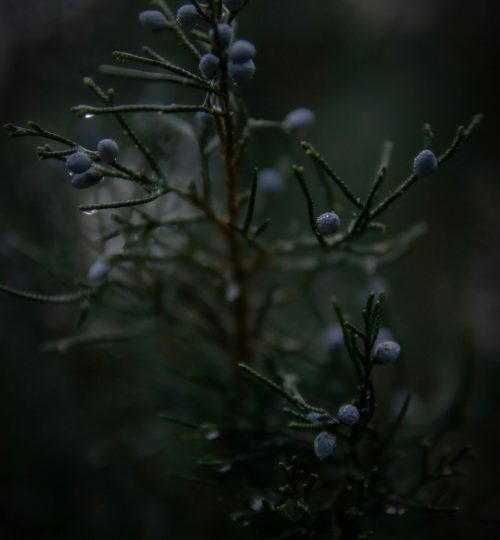HABITATS
Woodland
RAINFOREST
The northern end of Barrahormid has small patches of temperate atlantic or "celtic" rainforest. Scotland’s rainforest is as important as tropical rainforest, but even rarer, and generally in very poor condition. Only isolated fragments remain scattered up Scotland's North West coast. Restoring and reconnecting these woodlands will be one of our top priorities, working in conjunction with our partners at Highlands Rewilding.
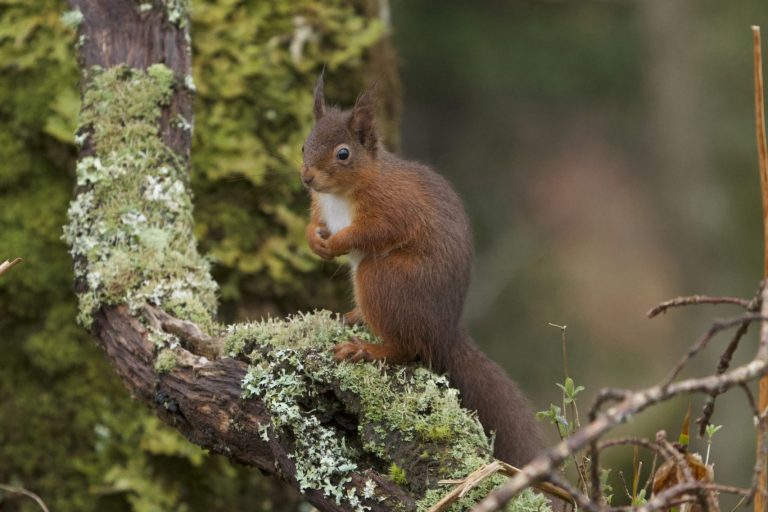
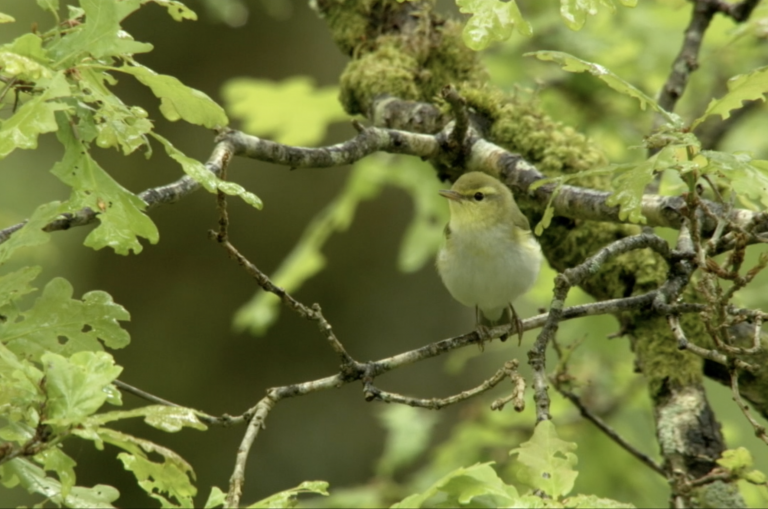
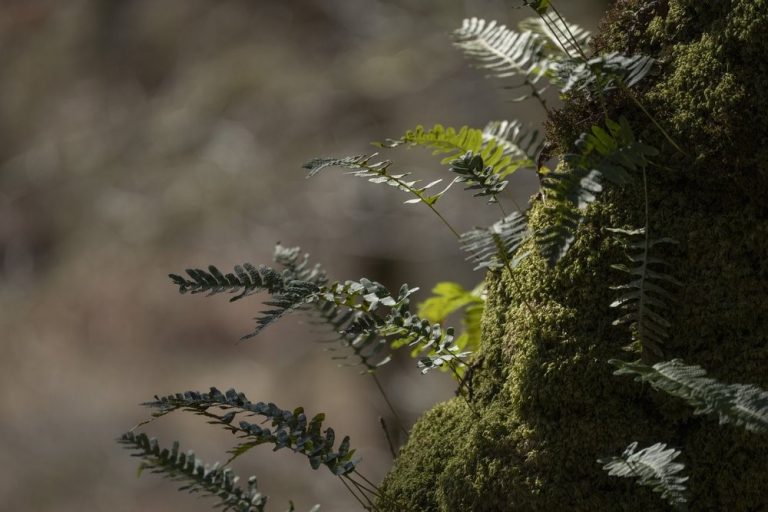
Wetland
COAST, BOG and FENLAND
The species-rich bogs and fens of Barrahormid, are of particular conservation importance. It is estimated that 99.7% of fens in other parts of the UK have been drained to create improved farmland. These areas of fen habitat and valley mires are also important for their damselfly and dragonfly populations. Eleven species are known to breed within the SSSI including the unusual keeled skimmer, making it is one of the best sites in Scotland for its assemblage of dragonfly species.
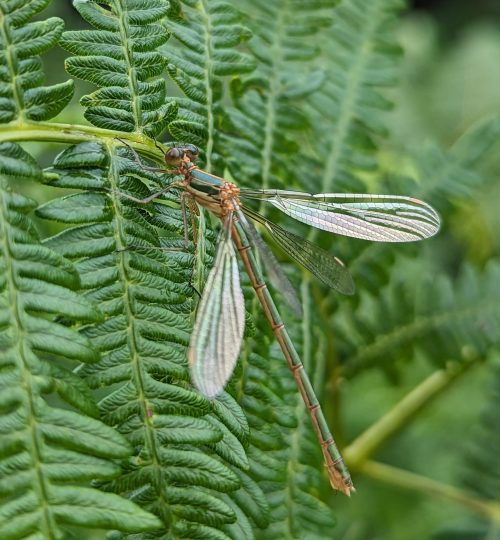
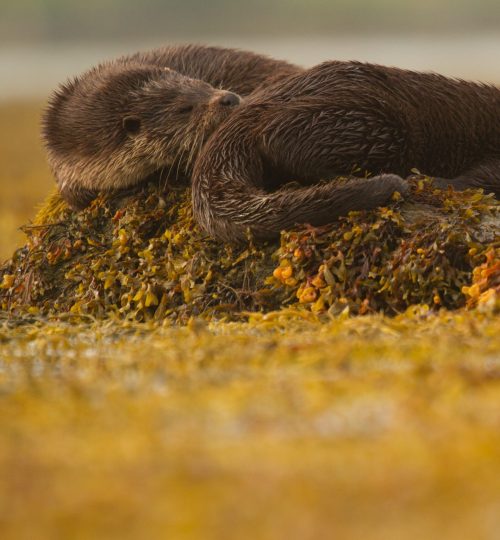
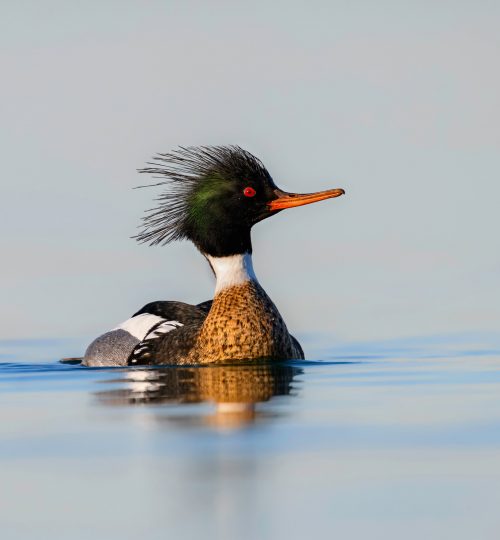
Wifldflowers
SPECIES RICH GRASSLAND
These habitats are scattered throughout the estate and encompass both wet species rich areas and drier, often calcareous, areas. As a result of the complex geology and hydrology of the estate, these grasslands often occur as a mosaic, interspersed with dry and wet heaths, wetlands and juniper scrub. They support unique communities and will be maintained through low intensity grazing, particularly by cattle. The species-rich grasslands support a range of butterflies and moths, most notably the Marsh fritillary, a very rare and threatened species.
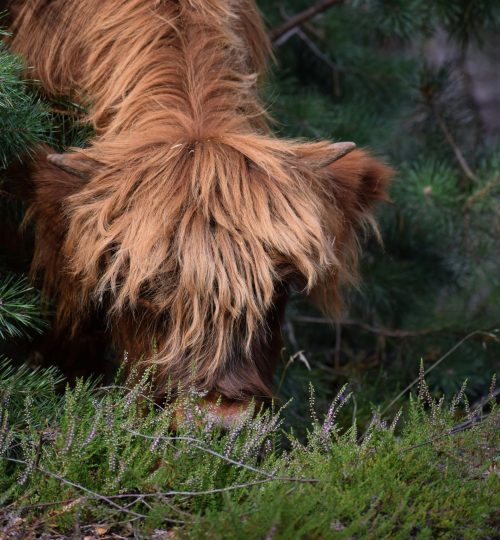

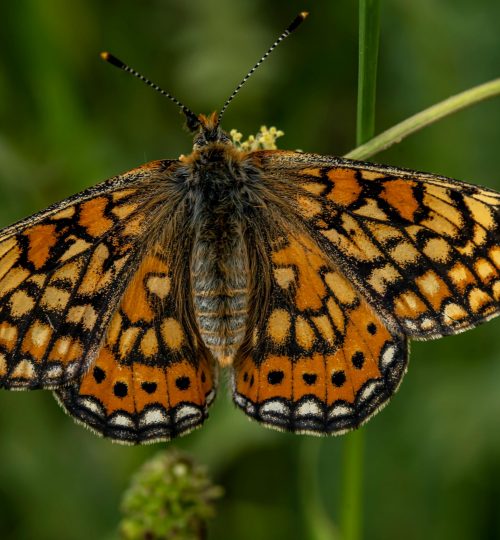
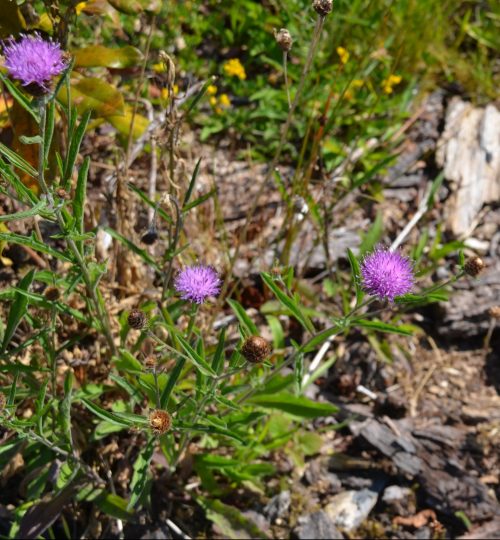
Scrub
JUNIPER
The juniper scrub at Barrahormid is a nationally important habitat and a UK Biodiversity Action Plan priority species. Juniper patches grow across the peninsula from the west coast to the adjacent Linne Mhuirich SSSI, primarily on the dry south-east facing ridges. The growth form and extent of the juniper scrub on this site is highly unusual in Argyll.
